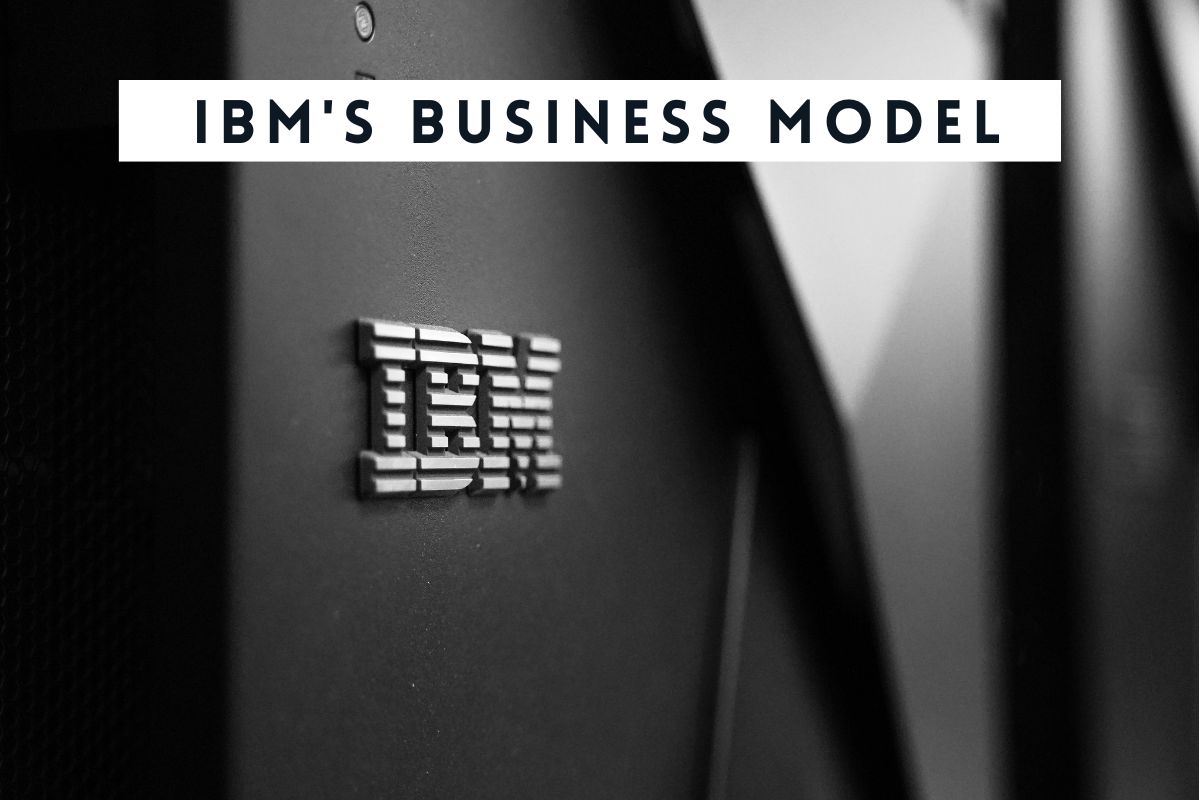IBM is a household name and a global leader in the tech industry. With its 800 subsidiaries and an array of products and services, IBM is a force to be reckoned with. But have you ever wondered what IBM’s business model is? In this article, we will delve into the details of IBM’s operations, customer segments, and key resources. We will explore the strategies that have made IBM a giant in the tech industry and how it generates revenue.
Table of Contents
ToggleCustomer Segments: Catering to Large Corporations and Budgeted Individuals
IBM’s customer segments are predominantly large corporations that have significant budgets to spend on their IT infrastructure. Its products and services are not designed for small mom-and-pop shops. These corporations typically have complex operations, manufacturing facilities, marketing departments, sales teams, and more, each requiring expensive software to function effectively. IBM provides these corporations with middleware, which is software that connects different applications together. This middleware requires extensive customization, which is where IBM comes in, to ensure that everything runs seamlessly. In addition, IBM provides specialized hardware, such as mainframes, to perform specific tasks required to deliver large enterprise software products and IT solutions.
IBM also caters to individuals who have significant budgets and need high-quality software. However, this customer segment represents a small percentage of its overall customer base.
Key Resources: Brainpower, Brand, and Culture
IBM’s key resources are its intellectual brainpower, brand, and culture. IBM has approximately 400,000 employees globally and is considered one of the most intellectual companies in the world, with over a million patents. Its research centers are located worldwide, and its sales offices are present in most big cities.
IBM’s brand is another critical resource. Its reputation for being a safe pair of hands to deliver mission-critical software has remained unchanged for over 50 years. IBM’s culture is competent, reliable, and focused on delivering quality products and services. This culture has remained unchanged for over a century and has contributed significantly to IBM’s continued success.
Revenue Generation: A Diversified Approach
IBM generates revenue from a diversified approach that involves hardware sales, software licensing, maintenance, and outsourcing contracts. Between 50% and 70% of its revenue comes from multi-year contracts with its large clients, providing consistency in revenue. IBM’s revenue also comes from selling its software as a service, which includes licensing its products and services.
Key Activities: R&D, Product Improvement, and Customer Satisfaction
IBM’s key activities include research and development to come up with new products, improving existing products, and providing excellent customer service. IBM’s culture of continuous improvement and focus on customer satisfaction has kept it ahead of the competition, even in the face of rapidly changing markets.
Future Growth: Artificial Intelligence and Cloud Computing
IBM’s future growth strategy revolves around artificial intelligence and cloud computing. IBM’s Watson computer is leading the way in artificial intelligence research and development, with the aim of creating general AI. IBM’s focus on cloud computing is also expected to play a significant role in its future growth, providing businesses with the flexibility to store and access data from anywhere.
Conclusion: The Safe Pair of Hands in the Tech Industry
In conclusion, IBM’s business model revolves around providing specialized software, hardware, and services to large corporations and individuals with significant budgets. Its key resources are its intellectual brainpower, brand, and culture, and it generates revenue through hardware sales, software licensing, maintenance, and outsourcing contracts. IBM’s future growth is focused on artificial intelligence and cloud computing. IBM’s reputation as a safe pair of hands for mission-critical software has kept it ahead of the competition for over a century, making it a giant in the tech industry.
Additional Resources
To keep learning and advancing your career, we highly recommend these additional resources:
Amazon’s Business Model: From Click to Doorstep
Tesla’s Business Model: An Analysis of Their Unique Approach to Sustainable Transportation
Airbnb’s Business Model: How Does Airbnb Make Money
TikTok’s Business Model: How the App Attracts Gen Z and Brands
Microsoft’s Business Model: How the Tech Giant Makes Money
Spotify’s Business Model: How Spotify Became the King of Music Streaming












